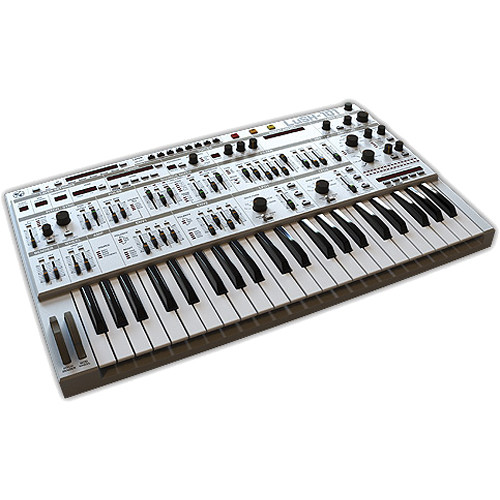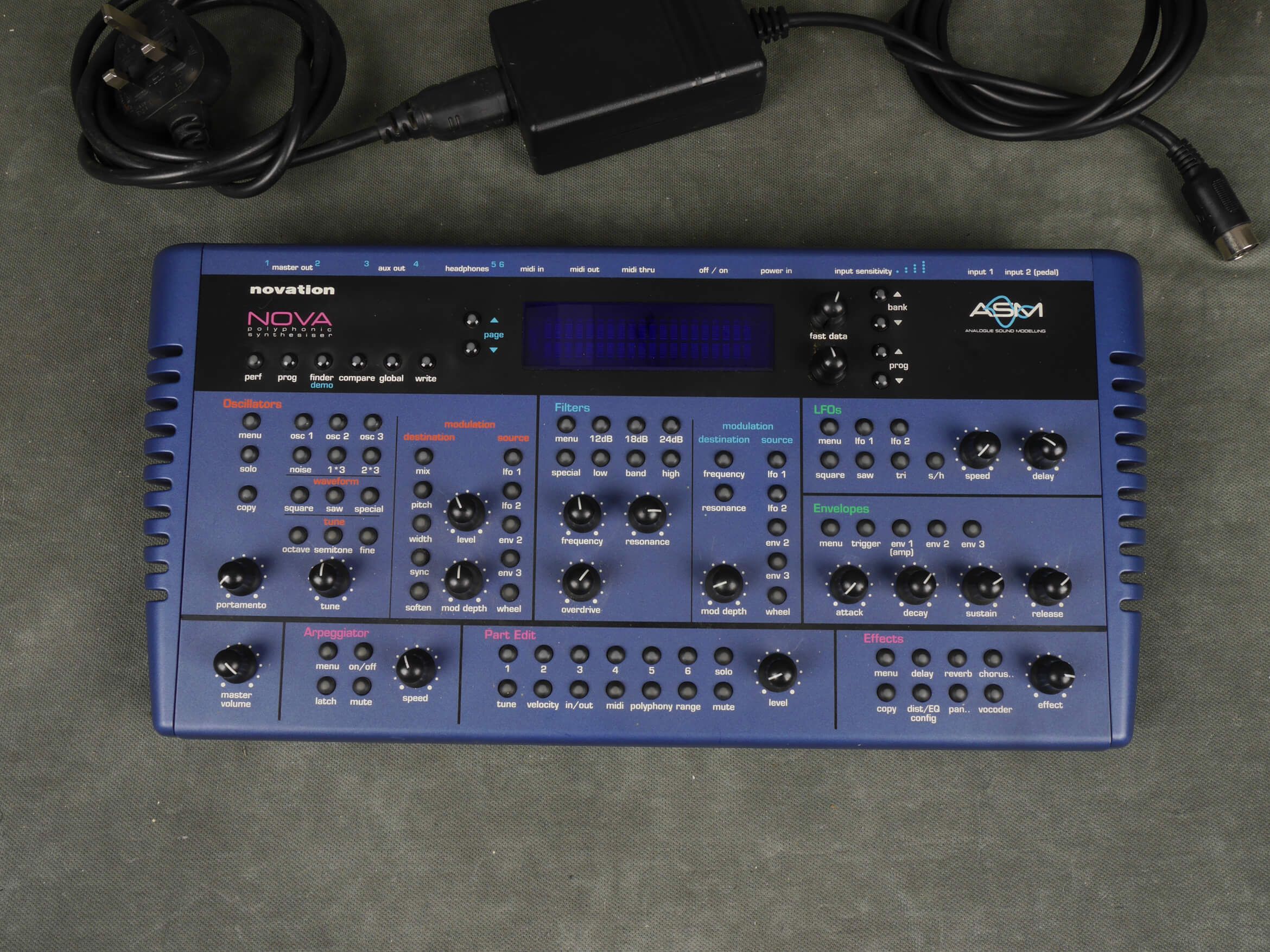
Priceįirst and foremost, the biggest difference you’ll see right away is in price. The truth is, there are benefits that monophonic synths have over polyphonic synths, which I’ll get into in a moment.

Now you may be asking yourself, “why would anyone choose a monophonic synthesizer?” If, for example, you left one oscillator normal and then had the other oscillator play an octave lower, this would play two different pitches despite being a monophonic synth. Many synths allow you to shift the pitch of the oscillator – for example, up or down an octave. However, there is another important point to understand about monophonic synthesizers.ĭespite only being able to play sound from one key at a time, a mono synth can have multiple oscillators – the component that generates the waveforms.

A polyphonic synth on the other hand can play multiple notes at one time – most commonly up to 4, 8, or 16 depending on your synthesizer. Quite simply, it comes down to how many notes or keys your synthesizer can play at one time.Ī monophonic synth can only play one note at a time. What Is A Monophonic, or Polyphonic Synth? (There are also such things as ‘duophonic’ and ‘paraphonic’ synthesizers, but these are not commonly used and are technically considered polyphonic.)Īnyway, let’s look at both monophonic and polyphonic synthesizers in more detail. If you’re looking to buy your first synthesizer or you simply want to learn more about how synthesizers work, you may have heard the terms ‘monophonic’ and ‘polyphonic’ floating around.Īlthough synths fall into many different categories and classifications, a synth is almost always either monophonic, or polyphonic – which each type having their own set of benefits and drawbacks.


 0 kommentar(er)
0 kommentar(er)
